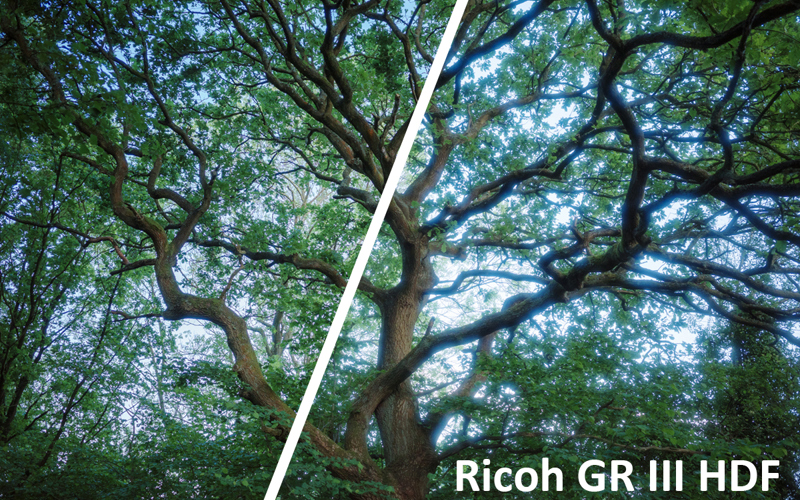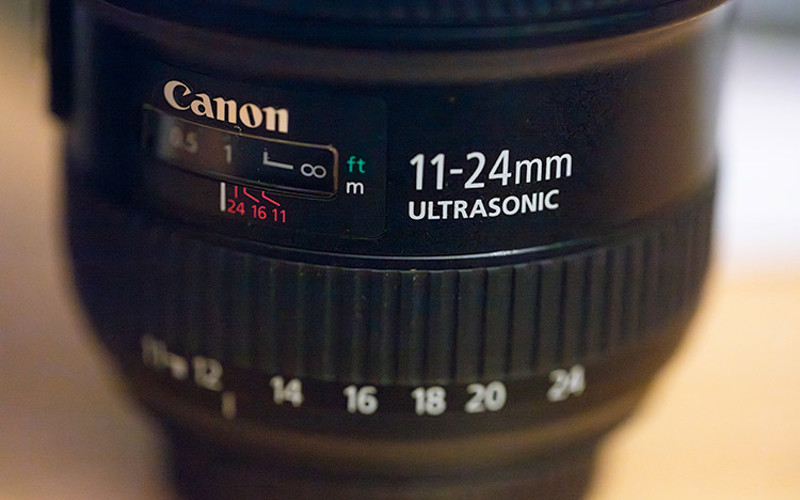As a long-time user of a traditional wooden 5x4 field camera, I embraced its aesthetic appeal but eventually found its practical limitations challenging. The camera's wooden structure, though charming, proved problematic, especially in extreme wet conditions where the wood expansion affected its functionality. Furthermore, focusing with ultra-wide lenses like the 47XL was a struggle, a significant issue given my preference for such lenses.
In search of a more robust and practical solution, I discovered the Walker Titan XL. This camera, designed with the Schneider XL lens series in mind, addresses the specific needs of ultra-wide lens photography. Its construction ensures precision and stability, critical for maintaining the thin depth of field characteristic of extreme lenses like the 47XL.
Features tailored for wide lenses
The Titan XL is specifically engineered for wide lenses, with limited but precise movements like front rise, fall, swing, and tilt. The optional front shift feature, which I regret not adding, would be beneficial for minor compositional adjustments. The camera's design facilitates easy adjustments under the dark cloth, with knobs positioned for intuitive operation.
It accommodates the 47XL lens on a flat lens panel, a significant improvement over previous cameras where bellows interfered with adjustments. The Titan can also support down to 35mm lenses with a recessed board, ideal for ultra-wide photography.
Limitations and versatility
The camera has its limits with longer lenses. While it handles a 180mm lens, it doesn't allow for close focusing. Longer lenses require additional accessories like an extension back. Despite these limitations, its performance in wet conditions is impeccable, proving its worth in diverse environments.
User experience
The camera's simplicity is its strength, allowing photographers to focus on their images without worrying about equipment. Its non-folding design means it's ready to use straight from the bag. Weighing just 2kg, it's excellent for hiking and travel. The wide-angle bellows are particularly effective, preventing intrusion into the image frame, a common issue with ultra-wide lenses in other view cameras. The quality of the included Fresnel lens and the ground glass screen, marked for common roll film backs, enhances the overall experience.
Conclusion
The Walker Titan XL is an exceptional camera, particularly suited for photographers who prioritize ultra-wide lenses. While it may not be the best choice for those focusing on longer lenses, its performance, build quality, and ease of use make it a standout choice. Its suitability for backpacking and travel, along with the support from independent British maker Mike Walker, adds to its appeal. While there are cheaper alternatives with more features, the Titan XL remains my preferred choice for its specific strengths and reliability.


















Comments